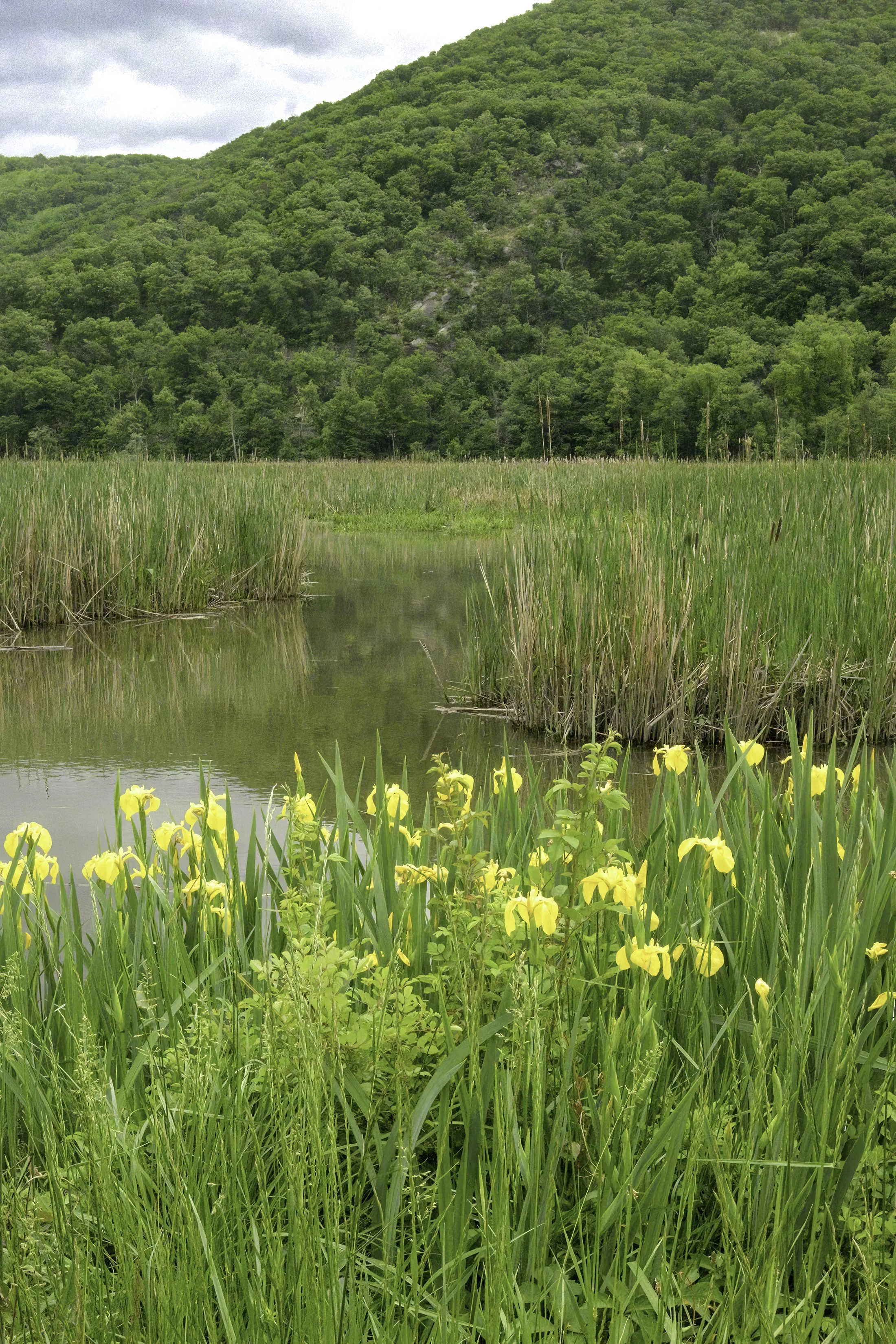Beauty and the beast
A brief account of my efforts to relocate the shorebirds I encountered yesterday as well as hoping for some new migrating birds to show up on the flats. As I approached the wet area where the Least and Solitary sandpipers had appeared 24 hours earlier, I could not help but notice 5 vultures hovering over the same location. Two of the vultures landed and began scouring the mudflats much as the pipers had done. The vultures were of course picking there way along the surface rather than drilling down into the mud, so what they were looking for or actually eating, I have no idea.
Closer examination of the vultures confirmed that they were indeed Turkey vultures rather than Black vultures. For a bird that soars so beautifully in the skies, they certainly possess “a face that only a mother could love”. Supposedly, the bare skin has evolved as a means of limiting the amount of bacteria the face would acculumalte while the vultures were digging into rotting corpses as they are known to do.
Turkey vulture shot with the Nikon Z8 and Z1100-400 with 1.4X telextender for equivalent focal distance of 560mm. 1/1000 sec, f/8, ISO 360
I assume you could guess which subject in today’s post I’m referring to as the “Beast” in the title. Maybe not fair, but certainly not a gorgeous looking bird. No doubt as to the Beauty, however, as these Yellow-flag iris are certainly some of the most attractive wildflowers in the marsh during mid May. This plant is a fairly common wildflower that thrives in wetland habitat such as occurs here at Iona. The iris blooms from now until August. The image with Dunderberg Mountain seen to the south is typical of the beauty of the Hudson Highlands in spring.

